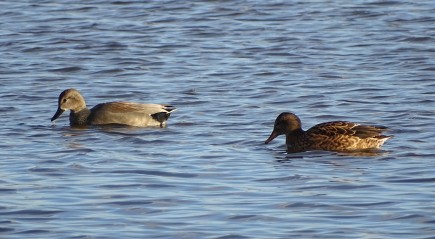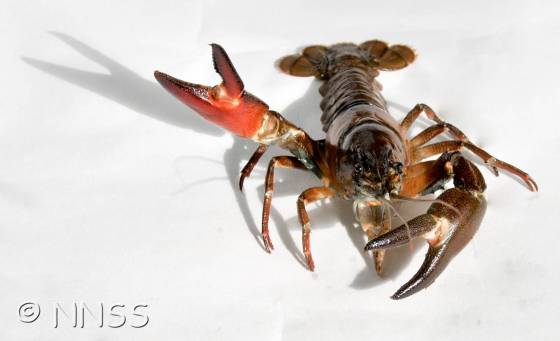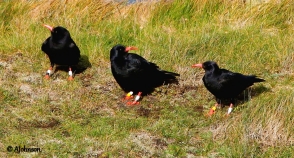 Winter is a time when hundreds of thousands of wildfowl from other countries appear in the UK. The huge flocks of swans, geese and ducks, with some males showing brightly coloured plumage, means less assuming birds are easily overlooked. One such species is the gadwall. At first glance it might appear that other birds, such as the humble mallard, are considerably more attractive, but it is the detailed plumage of the gadwall that make this species full of undervalued beauty.
Winter is a time when hundreds of thousands of wildfowl from other countries appear in the UK. The huge flocks of swans, geese and ducks, with some males showing brightly coloured plumage, means less assuming birds are easily overlooked. One such species is the gadwall. At first glance it might appear that other birds, such as the humble mallard, are considerably more attractive, but it is the detailed plumage of the gadwall that make this species full of undervalued beauty.
The male gadwall does not display bright colours like other wildfowl species, such as teal, but instead has a brown-grey head and an apparent grey body. Some would say it sounds a rather dull bird, but if you look closely at the male’s ‘grey’ plumage you can see an interwoven pattern of barred white and black, which looks somewhat like the intricate trail of a worm under the sand. The black eye and dark bill give its soft, patterned, brown face a delicate appearance, with the warming croaking sound it makes being utterly charming. It’s white belly, black rear and yellow legs are further endearing features. Continue reading

 Throughout centuries human interference has had a substantial effect on bird populations. Many species became extinct in the UK before important schemes were put in place to bring them back from the brink, but now various populations are thriving.
Throughout centuries human interference has had a substantial effect on bird populations. Many species became extinct in the UK before important schemes were put in place to bring them back from the brink, but now various populations are thriving.